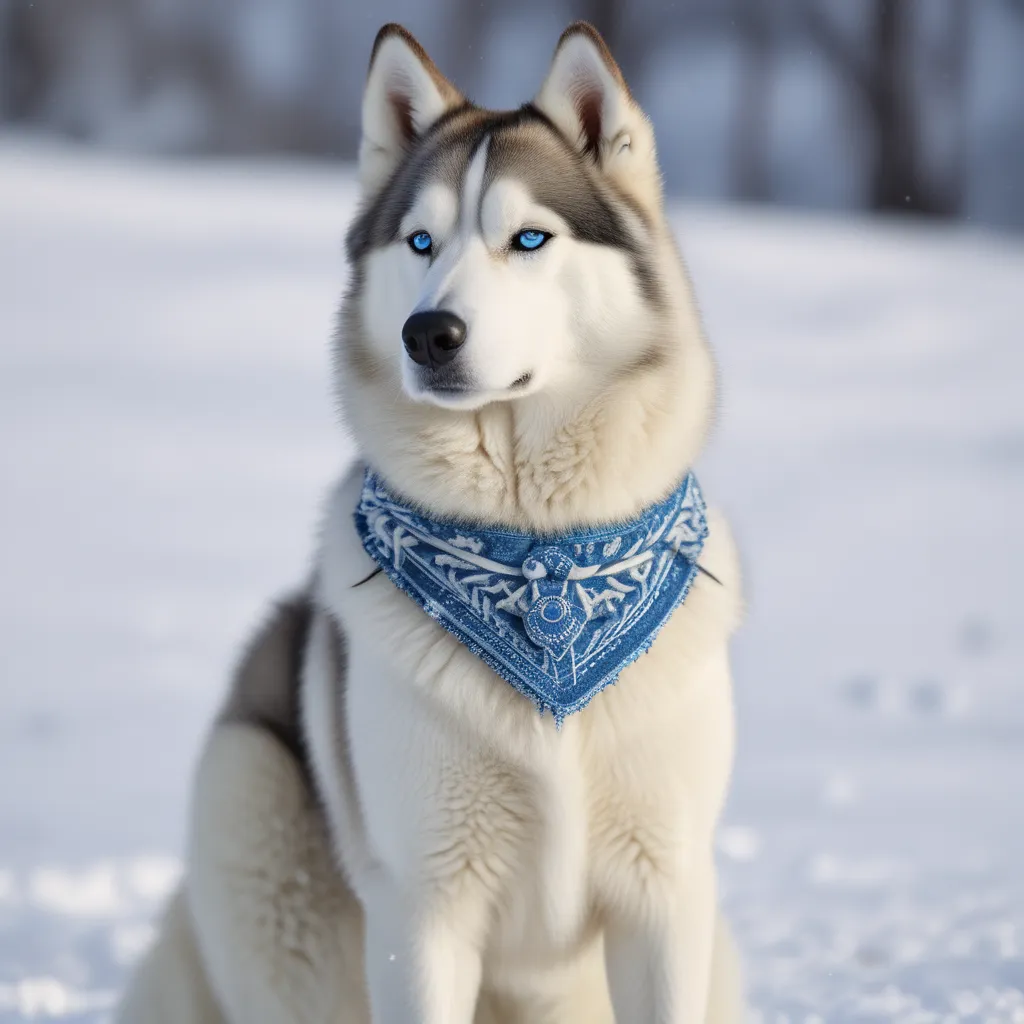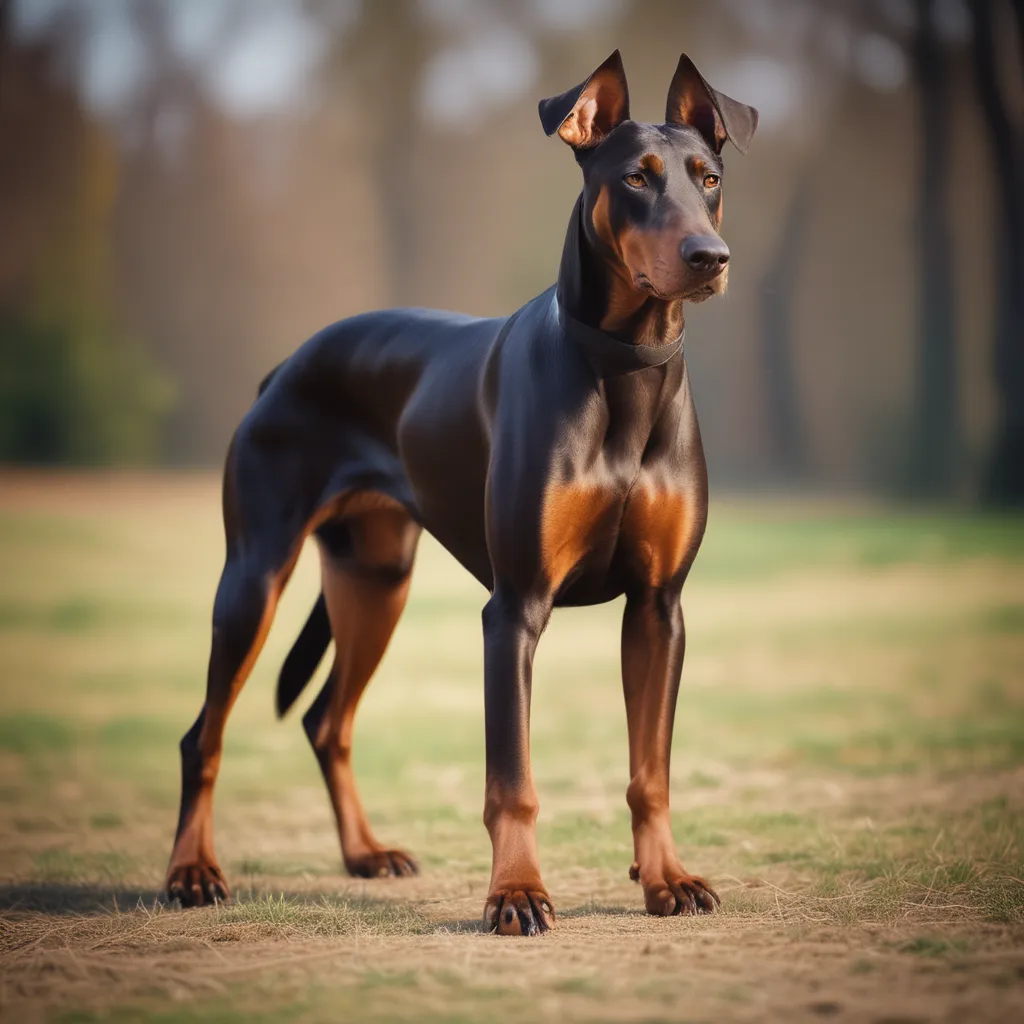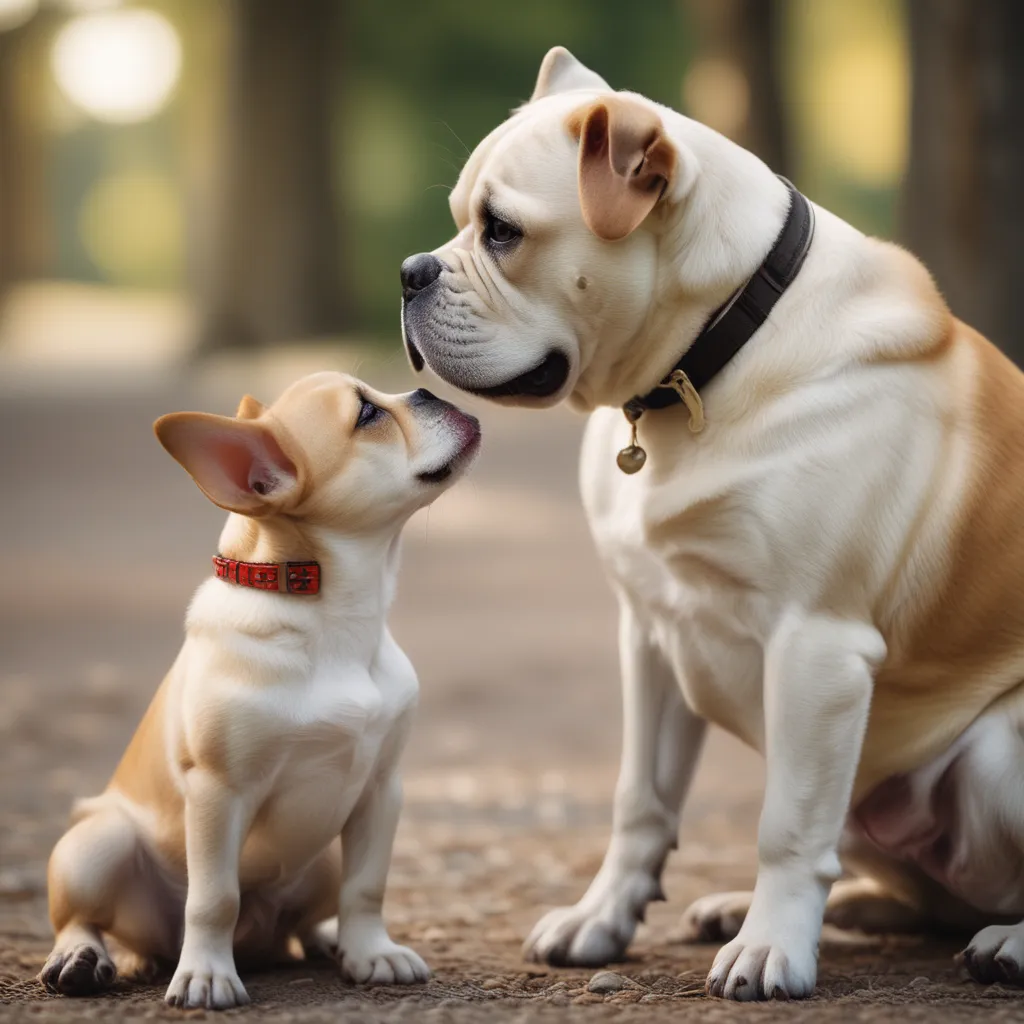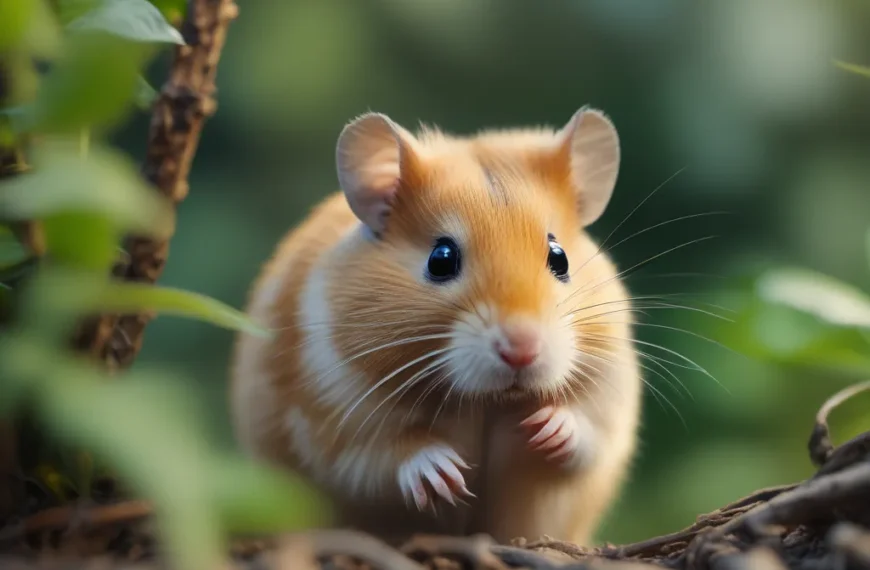Introduction
The world’s most beautiful dog is a subjective title that sparks debate among dog enthusiasts and owners alike. With over 340 recognized breeds, each with its unique characteristics, features, and traits, determining the most beautiful dog breed can be a daunting task. However, there are certain factors that contribute to a dog’s beauty, making some breeds stand out from the rest.
When it comes to evaluating a dog’s beauty, several aspects come into play. Physical characteristics such as a dog’s coat, size, and body shape play a significant role in determining its aesthetic appeal. However, it’s not just about physical appearance; a dog’s temperament, personality, and behavior also contribute to its overall beauty.
In this article, we will delve into the world of dog breeds and explore what makes a dog beautiful. We will discuss the role of physical characteristics, size, coat, and temperament in a dog’s beauty, as well as the importance of personality traits. We will also showcase examples of beautiful dog breeds and what makes them stand out.

Whether you’re a seasoned dog owner or just a dog lover, this article will provide you with a deeper understanding of what makes a dog breed beautiful and help you appreciate the unique qualities of each breed.
What Makes a Dog Breed Beautiful?
When it comes to determining what makes a dog breed beautiful, there are several factors to consider. While beauty is subjective and can vary from person to person, there are certain characteristics that are commonly associated with beautiful dog breeds.
Physical Characteristics
Physical characteristics such as a dog’s coat, size, and body shape can all contribute to its overall beauty. For example, some breeds like the Siberian Husky have piercing eyes and a thick, double coat that makes them stand out as one of the most beautiful breeds. Others, like the German Shepherd, have a muscular build and a distinctive coat pattern that makes them a popular choice.
Unique Features
Some breeds have unique features that set them apart from others. For example, the Lhasa Apso has a long, flowing coat that can grow to an impressive length, while the Papillon has large, butterfly-like ears that give it a distinctive appearance.
Personality Traits
A dog’s personality can also play a big role in its beauty. Breeds like the Golden Retriever are known for their friendly, outgoing personalities, which make them a popular choice as family pets.
Breed Standards
Breed standards can also play a role in determining what makes a dog breed beautiful. For example, some breeds like the Belgian Malinois are bred for their athletic ability and have a distinctive muscular build that is considered beautiful.
In conclusion, what makes a dog breed beautiful is a combination of physical characteristics, unique features, personality traits, and breed standards. While beauty is subjective, there are certain characteristics that are commonly associated with beautiful dog breeds.
The Role of Physical Characteristics in a Dog’s Beauty
When it comes to a dog’s beauty, physical characteristics play a significant role. Dogs are incredibly diverse creatures, with a wide range of physical characteristics that vary greatly from one breed to another. One of the most noticeable physical traits of a dog is its size. Dogs can range from tiny teacup Chihuahuas to giant Great Danes, and everywhere in between.

A dog’s physical characteristics can greatly impact its overall beauty. For example, a dog with a well-proportioned body, a shiny coat, and a pleasant facial expression is often considered beautiful. On the other hand, a dog with a disproportionate body, a dull coat, and an unpleasant facial expression may not be considered as beautiful.
In addition to size, other physical characteristics such as coat type, color, and texture can also contribute to a dog’s beauty. Some breeds, such as the Afghan Hound, have a thick, silky coat that is highly valued for its beauty. Other breeds, such as the Bulldog, have a short, smooth coat that is also considered beautiful.
A dog’s physical characteristics can also impact its personality and behavior. For example, a dog with a high energy level may require more exercise and stimulation than a dog with a low energy level. A dog with a strong prey drive may require more training and socialization than a dog with a low prey drive.
In conclusion, physical characteristics play a significant role in a dog’s beauty. A dog’s size, coat type, color, and texture can all contribute to its overall beauty. Additionally, a dog’s physical characteristics can impact its personality and behavior, making it essential to research and understand these traits when choosing a breed.
The Impact of Size, Coat, and Temperament on a Dog’s Beauty
When it comes to determining a dog’s beauty, several factors come into play. While physical characteristics such as size and coat type are often considered, a dog’s temperament also plays a significant role in its overall beauty.
Size and Beauty
A dog’s size can greatly impact its beauty. Some breeds, such as the majestic Great Dane, are bred for their large size and commanding presence. Their towering height and muscular build make them a sight to behold. On the other hand, smaller breeds like the Chihuahua are prized for their compact size and delicate features.
However, size alone does not determine a dog’s beauty. A dog’s proportions, bone structure, and overall build also play a crucial role in its physical attractiveness. For example, a dog with a well-proportioned body and a sturdy bone structure is often considered more beautiful than one with a lanky or awkward build.
Coat and Beauty
A dog’s coat is another important factor in its beauty. Different breeds have unique coat types, ranging from the short, smooth coats of the Greyhound to the long, flowing coats of the Afghan Hound. A dog’s coat can greatly impact its overall appearance, with some breeds requiring regular grooming to prevent matting and tangling.
In addition to its physical characteristics, a dog’s coat can also reflect its health and well-being. A healthy, shiny coat is often a sign of a well-nourished and well-cared-for dog, while a dull, matted coat can indicate underlying health issues.
Temperament and Beauty
A dog’s temperament is often overlooked when it comes to determining its beauty, but it plays a crucial role in its overall attractiveness. A dog with a friendly, outgoing personality is often considered more beautiful than one with a shy or aggressive temperament.
A dog’s temperament can also impact its physical appearance. For example, a dog with a calm and gentle nature is often more likely to have a relaxed and peaceful expression, while a dog with a high-strung or anxious temperament may appear tense and stressed.
The Interplay Between Size, Coat, and Temperament
While size, coat, and temperament are all important factors in a dog’s beauty, they are not mutually exclusive. In fact, they often interact and influence each other in complex ways.
For example, a large breed dog with a gentle temperament may be considered more beautiful than a small breed dog with a high-strung personality. Similarly, a dog with a beautiful coat may be considered more attractive if it also has a friendly and outgoing temperament.
In conclusion, a dog’s beauty is determined by a complex interplay of physical and personality characteristics. While size and coat type are important factors, a dog’s temperament plays a crucial role in its overall attractiveness.

The Importance of Personality Traits in a Dog’s Beauty
When it comes to determining a dog’s beauty, physical characteristics such as size, coat, and body shape often come to mind. However, personality traits play a significant role in a dog’s overall beauty and appeal. A dog’s personality can make or break its beauty, making it a crucial aspect to consider.
What Makes a Dog’s Personality Beautiful?
A beautiful dog personality is one that is well-balanced, friendly, and adaptable. A dog that is confident, yet gentle, and energetic, yet calm, is often considered to be a beautiful companion. A dog’s personality can be shaped by its breeding, training, and socialization, making it essential to consider these factors when evaluating a dog’s beauty.
The Impact of Personality on a Dog’s Beauty
A dog’s personality can greatly impact its beauty by affecting how it interacts with its environment and the people around it. A dog with a beautiful personality is more likely to be well-behaved, obedient, and affectionate, making it a joy to be around. On the other hand, a dog with a poor personality can be difficult to manage, leading to a less beautiful overall experience.
Examples of Beautiful Dog Personalities
Some dog breeds are known for their beautiful personalities, such as the friendly and outgoing Labrador Retriever, the intelligent and loyal German Shepherd, and the gentle and affectionate Cavalier King Charles Spaniel. These breeds are often considered to be beautiful not only because of their physical characteristics but also because of their wonderful personalities.
The Role of Training and Socialization
Training and socialization play a significant role in shaping a dog’s personality and, therefore, its beauty. A well-trained and well-socialized dog is more likely to have a beautiful personality, as it will be better equipped to interact with its environment and the people around it. This highlights the importance of investing time and effort into training and socializing a dog to bring out its full beauty.
In conclusion, a dog’s personality traits play a significant role in its overall beauty. A beautiful dog personality is one that is well-balanced, friendly, and adaptable, and can be shaped by breeding, training, and socialization. By considering a dog’s personality and investing time and effort into training and socialization, we can bring out its full beauty and create a truly beautiful companion.
Examples of Beautiful Dog Breeds and What Makes Them Stand Out
When it comes to beautiful dog breeds, there are many that stand out from the crowd. Here are some examples:
Afghan Hound
The Afghan Hound is known for its silky, fine coat and its elegant, athletic build. Its long, narrow head and dark eyes add to its exotic beauty. 
Siberian Husky
The Siberian Husky is a stunning breed with its thick, double coat and piercing blue eyes. Its wolf-like features and athletic build make it a popular choice for dog owners. 
Poodle
The Poodle is a breed that exudes elegance and sophistication. Its curly, non-shedding coat comes in a variety of colors and sizes, making it a popular choice for many dog owners. 
Golden Retriever
The Golden Retriever is a breed that is known for its friendly, outgoing personality and its beautiful, lustrous coat. Its intelligence and loyalty make it a popular choice for families and hunters alike. 
Doberman Pinscher
The Doberman Pinscher is a breed that is known for its sleek, muscular build and its short, smooth coat. Its intelligence and loyalty make it a popular choice for families and law enforcement agencies. 
These are just a few examples of beautiful dog breeds and what makes them stand out. Each breed has its own unique characteristics that make it special and beautiful in its own way.
Conclusion
In conclusion, the concept of beauty in dog breeds is a complex and multifaceted one. From physical characteristics like size, coat, and temperament to personality traits like loyalty and affection, there are many factors that contribute to a dog’s beauty. By understanding what makes a dog breed beautiful, we can appreciate the unique qualities that make each breed special and lovable.
Whether it’s the majestic Afghan Hound, the playful Beagle, or the regal German Shepherd, each breed has its own unique characteristics that make it beautiful in its own way. By recognizing and celebrating these differences, we can deepen our appreciation for the diversity of dog breeds and the joy they bring to our lives.
So, what is the world’s most beautiful dog? Ultimately, the answer is subjective and depends on personal taste and preference. However, by considering the various factors that contribute to a dog’s beauty, we can gain a deeper appreciation for the beauty and diversity of dog breeds.
















